 Technology
Technology  Technology
Technology  History
History 10 Not-so-Spooky Events That Also Happened on October 31
 Creepy
Creepy 10 Unsettling Ghost Stories to Tell This Halloween
 Crime
Crime 10 Truly Evil People Who Used Halloween as the Perfect Cover
 Movies and TV
Movies and TV 10 Wildly Different Movie Takes on Nuclear War
 Creepy
Creepy 10 Places Where Folklore Is Alive and Well
 History
History 10 Events That Unexpectedly Changed American Life
 Pop Culture
Pop Culture 10 Cases of Grabbing Defeat from the Jaws of Victory
 History
History 10 Common Misconceptions About the Renaissance
 Weird Stuff
Weird Stuff 10 Crazy Things Resulting from Hidden Contract Provisions
 Technology
Technology 10 Futuristic Fungal Technologies
 History
History 10 Not-so-Spooky Events That Also Happened on October 31
 Creepy
Creepy 10 Unsettling Ghost Stories to Tell This Halloween
Who's Behind Listverse?

Jamie Frater
Head Editor
Jamie founded Listverse due to an insatiable desire to share fascinating, obscure, and bizarre facts. He has been a guest speaker on numerous national radio and television stations and is a five time published author.
More About Us Crime
Crime 10 Truly Evil People Who Used Halloween as the Perfect Cover
 Movies and TV
Movies and TV 10 Wildly Different Movie Takes on Nuclear War
 Creepy
Creepy 10 Places Where Folklore Is Alive and Well
 History
History 10 Events That Unexpectedly Changed American Life
 Pop Culture
Pop Culture 10 Cases of Grabbing Defeat from the Jaws of Victory
 History
History 10 Common Misconceptions About the Renaissance
 Weird Stuff
Weird Stuff 10 Crazy Things Resulting from Hidden Contract Provisions
10 Surprising Ways ‘Buffy The Vampire Slayer’ Influenced Modern Culture
It’s often surprising for fans to remember that Buffy the Vampire Slayer debuted in 1996. After all, the show appears fresh and modern, from its snappy and witty dialogue to its focus on the supernatural. In reality, Buffy helped shape our culture and entertainment in many distinct and surprising ways.
10Language
One of the clearest ripple effects from Buffy the Vampire Slayer’s legacy is the way the characters speak. One example is the tendency of the characters in the show to turn nouns into verbs, such as lamenting that they might have all been “Keyser Soze’d” or Buffy telling another character “don’t Psych 101 me.” The specific phrases may not have lingered, but the transition of nouns into verbs is still more predominant in modern culture than it was pre-Buffy.
A very ’90s-esque vocal habit of the characters also continues into the 21st century, at least among the show’s fans: the act of adding the word “much” after a verb to sarcastically point out something about another person, as with phrases such as “overestimate much?” and “procrastinate much?” Another practice, though more common when the show was still on, was fans repeating silly phrases the actors made up for their characters, such as Xander describing the experience of “Guiltapalooza.”
9Long Story Arcs
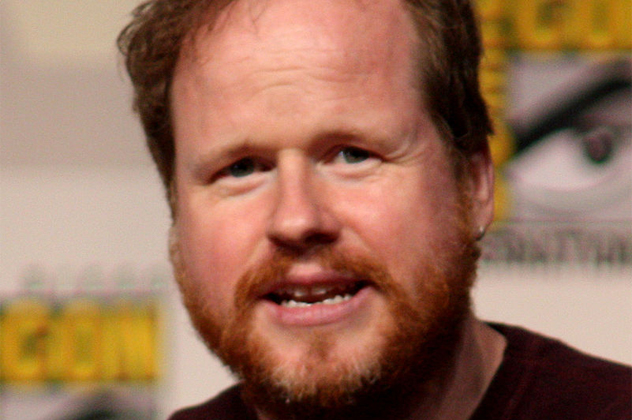
One major change in television in recent years had its seeds planted during Buffy the Vampire Slayer’s run, and that was having longer story arcs. Nowadays, spoiled TV viewers are likely to take for granted long-term character development and stories in seminal television programs like The Wire and Breaking Bad. However, through most of the ’90s, TV followed an episodic format. That is, whatever happened on one episode was never referred to in subsequent episodes. This made things very easy for new viewers or channel surfers but could be frustrating for long-term viewers who watched their stories grow stagnant.
Buffy changed all of that. In Buffy, not only were seasons unified by the season’s villain—cheekily referred to as “The Big Bad”—but the groundwork for later seasons and events was often laid up to two years in advance. And the show often drew on its history to create new and satisfying episodes, as when Buffy encounters a belligerent Council of Watchers who once tormented her and fired her mentor, Giles. In the follow-up two years later, she gets Giles reinstated, retroactively paid, and asserts in no uncertain terms that Watchers are nothing without someone to watch. Namely, her. It seems mild by modern standards, but Buffy was one of the first shows to build its own complex history of characters that were dynamic and changed from episode to episode.
8The Big Bad
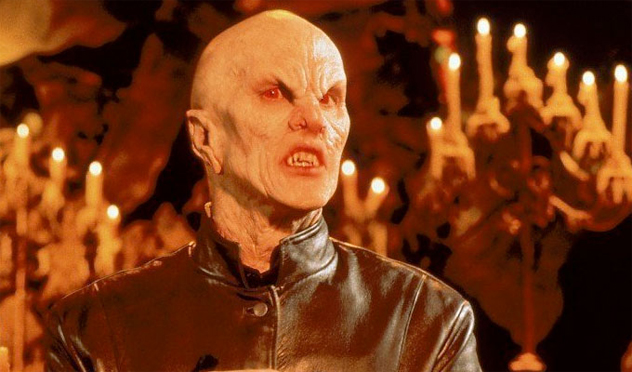
Buffy’s use of a singular Big Bad rather than relying solely on monsters of the week was so successful that the format is being emulated across many modern and popular programs. This can be seen in shows such as Doctor Who, wherein the Doctor might spend most of a season unraveling and grappling with the plots of nemeses such as The Master. This is also present in shows such as Sherlock, where the titular detective may spend the entire miniature season out-deducing his evil counterpart Moriarty. This influence is not limited to British programming, either, with American shows such as Sleepy Hollow featuring iconic enemies such as the Headless Horseman as ongoing villains.
While this might seem common nowadays, when Buffy debuted it was a fresh approach, particularly in the realm of science fiction and fantasy. While shows like Star Trek: The Next Generation still focused on encountering strange new worlds, creatures, and enemies in every episode, Buffy was one of the first to feature its own crew of erstwhile Scoobies worried about a singular threat throughout the season.
7Buffy Influenced The Avengers
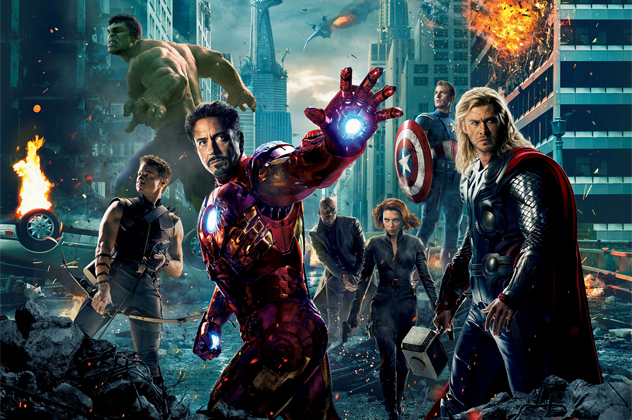
Saying that Buffy influenced The Avengers may seem pretty obvious: After all, the movie was written and directed by Buffy creator Joss Whedon, so it seems likely there would be some small influence. However, there are very specific Whedon characters that foreshadow some great Avengers moments and characters. For instance, one of the most crowd-pleasing moments of The Avengers was when Bruce Banner revealed the secret to controlling his anger: “I’m always angry,” he says, right before transforming into the Incredible Hulk. Buffy fans, however, had already seen this all play out with the character of Oz, a werewolf who attempts to cage himself away when he transforms but eventually realizes that he is “the wolf all the time,” which grants him control over his transformations.
The relationship that SHIELD has with the Avengers is also foreshadowed by a Buffy storyline focused around the mysterious military group “The Initiative.” The show reveals that the military is aware of demons and working on how to combat and contain them, but the soldiers are initially uneasy about working with Buffy and the magical world she represents. This clearly foreshadows the SHIELD of the first Avengers movie, who work with heroes like Thor even as they secretly work on weapons that can contain out-of-control superpowered people.
6Children’s Names
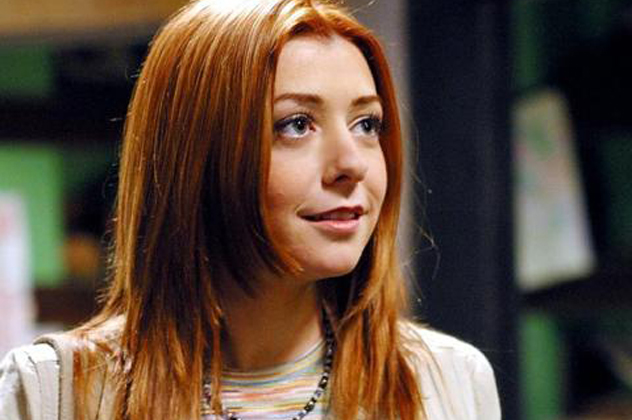
Nerdiness is a legacy we pass onto our children, and Buffy fandom is a major part of that. Specifically, Buffy fans—many of whom were teenagers when the show was on the air—have grown up and begun having children whom they christen with familiar Buffy names. While the Buffy name itself never got very popular, Willow became the 171st most popular name for girls in America as of 2013. Before Buffy premiered, the name was barely in the top 1,000 names for girls. Similarly, the name “Xander” was not even on the charts of popular names for boys, but now is in the top 200.
Finally, the name “Anya”—a Russian variation on the name “Anne”—shot out of relative obscurity to a place within the top 400 names for girls in America since the introduction of her vengeance demon character on the show. Certain character names were already popular when the show premiered, such as William (the proper name for vampire-bad-boy-turned-hero Spike) and Faith, which was already in the top 100 names for girls when the show premiered.
5The Otherworldly Bad Boy
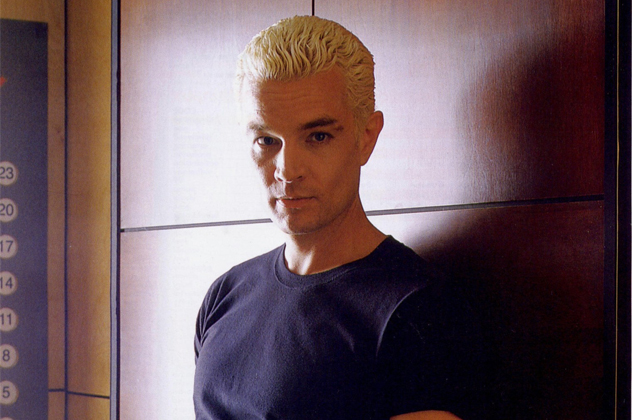
Speaking of Spike, he and soulful vampire Angel represented something unique during Buffy’s time that has become ubiquitous in the pop culture landscape: the otherworldly bad boy. These two characters were vampires who, through having both a soul (Spike seeks one out later, whereas Angel is cursed with one to torment him for his past murders) and a love of Buffy, are able to straddle the lines between good guy and bad guy.
Of course, that then-unique idea has been repeated over and over, particularly in supernatural television shows. This includes both Bill Compton and Eric Northman in HBO’s True Blood, who each play murderous vampires tamed by Anna Paquin’s character, Sooki Stackhouse. And the Twilight books and movies are based on the idea of vampires (and other supernatural beings) who put aside their natures to help human Bella Swan. This, of course, is just the tip of the iceberg for otherworldly bad boys tamed by love, but Buffy has the honor of blazing the trail for this modern phenomenon.
4Awareness Of Misogyny
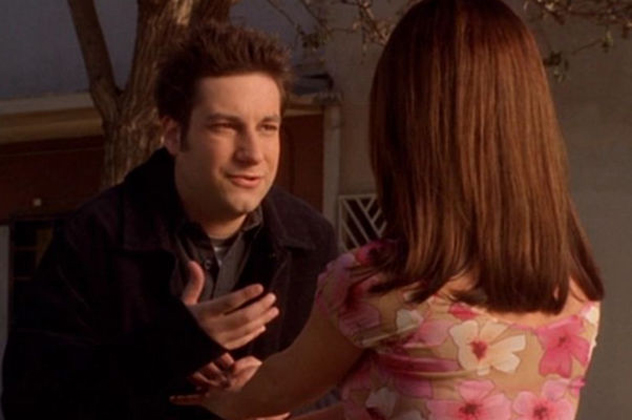
Buffy has a more dubious honor than that of predicting Avengers plot points and the rise of the bad boy demon, and that is predicting the future world of geek misogyny. Specifically, Buffy’s sixth season deals with a trio of young human bad guys whose knowledge of magic, demons, and technology is matched only by their anger and confusion about women. They are led by Warren Mears, a man who has committed a list of bizarre sexual crimes, from creating sentient sex robots that he allows to die to turning a human girlfriend who breaks up with him into a hypnotized sex slave. Together, they gaslight Buffy to make her feel crazy, make her feel invisible, and try to become more powerful than her . . . all not-so-subtle nods to misogynist men wanting to triumph over women.
Sadly, these isolated attitudes toward women (and fantasies of not having to rely on women) are expressed eagerly and openly on worldwide platforms such as Reddit, whose pursuit of free speech also means creating a safe haven for fantasies of violence, areas to post sexual photos of young women without consent, and so on. Buffy predicted this highly specific geek rage and misogyny over a decade before it bloomed in full. And while Internet misogyny is one foe that Buffy’s Willow cannot tear the skin off of, part of the show’s legacy was painting the perpetuators of such misogyny in stark, sad terms for the world to see.
3The Crossover Effect

One aspect of the modern world that is impossible to ignore is how widespread geek culture is. Fans of Avengers, Daredevil, and Star Wars are all over the world, and stores such as Hot Topic make a killing peddling clothes and other merchandise based on once-niche shows like Doctor Who. It doesn’t take that long a trip down memory lane to remember a time when geeks were, well, geeks—the marginalized groups that had held the torch of comic books and genre television for the previous decades. What happened?
Call it the crossover effect. Michigan Daily writer Kayla Upadhyaya points out that Buffy was the precursor to Game of Thrones and other genre hits that gained mainstream appeal. She credits Buffy with pioneering the idea of a genre show that is not actually a genre show. That is, Buffy told fundamentally human stories about realistic human characters that just happened to take place in a fantasy world. Viewers did not have to be steeped in vampire lore or demon mythology to enjoy the show. Instead, they were drawn to stories about love, jealousy, friendship, and hope . . . and then they stayed for the inevitable kung fu fights with the undead.
2The Highbrow/Lowbrow Effect
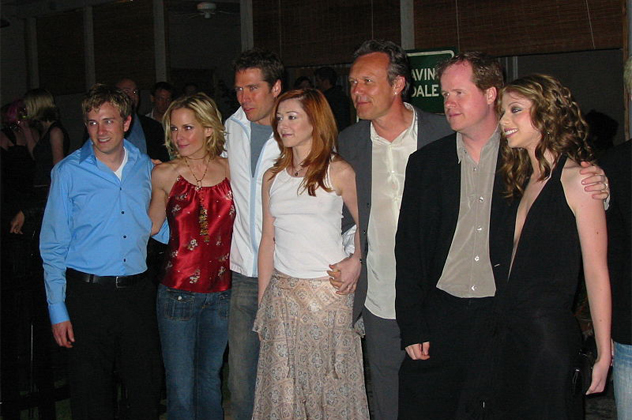
In a pre-Buffy world, there was a pretty clear divide between highbrow and lowbrow television. That is, TV was typically broken into discrete sections, with light comedies seen as having nothing to say. Hugely popular Seinfield wore this as a kind of badge of honor, proudly touting itself as “a show about nothing.”
Buffy broke new TV ground by mixing tones in new and exciting ways. The show never lost its dramatic current—the stakes were often life-and-death, with Buffy and her crew saving the world from more than a few apocalyptic events. At the same time, it was deeply funny, with quotable lines and iconic characters. In short, it was a show that dared to be both intelligent and humorous, and that legacy continues into modern television shows such as breakout hit Orange Is the New Black. Buffy writer Jane Espenson describes Buffy’s legacy in this regard as showing a “recognition that humor creeps into our darkest moments.” In this respect, Buffy paved the way for TV that feels much more human in its varied tones—ironic, perhaps, for a show that focused so much on vampires and demons.
1Feminism
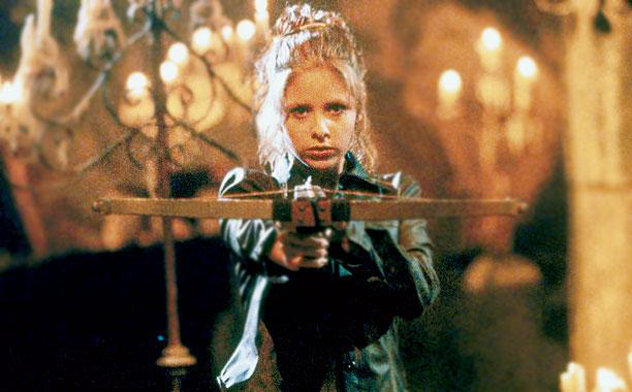
No discussion of Buffy’s influence and legacy is complete without discussing its place within the media landscape of feminism. Before Buffy could become a mainstay of slaying prowess, creator Joss Whedon had to teach the public to re-think the predator/prey paradigm. Whedon’s own frustration with watching decades of horror heroines wander vapidly into demonic deathtraps led him to create both a show and a character that played with our expectations. As Bitch magazine notes, viewers did not yell at their TVs for Buffy to avoid going into the dark dens of monsters, but learned to cheer on her strength and inevitable victory over the evil monsters.
Many are quick to point out that Buffy was hardly the first superheroine, with characters like Wonder Woman dotting the comics landscape and Xena’s sword slashes cutting through countless foes. However, part of Buffy’s subversive charm is the line the show walks: While Sarah Michelle Gellar is certainly attractive and Buffy’s marketing forces never hesitated to deploy the face that launched a thousand T-shirts, the show avoided explicitly sexualizing Buffy. That is, she saved the day without running around in a metal bikini or star-spangled underwear. In this sense, Buffy helped lay considerable groundwork for later feminine heroes, such as Katniss Everdeen, who show viewers that women can kick ass without showing their ass. As Buffy herself might ask: Progress, much?
@PocketEpiphany once had a Willow screensaver and apologizes for NOTHING.








